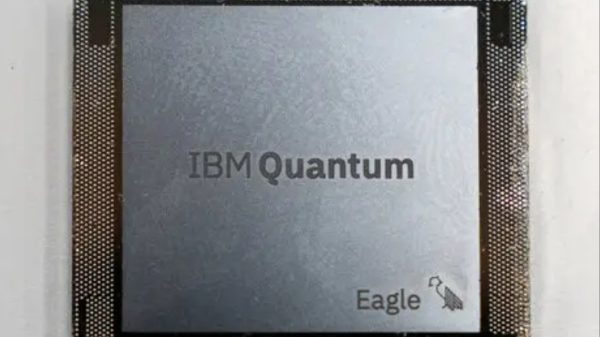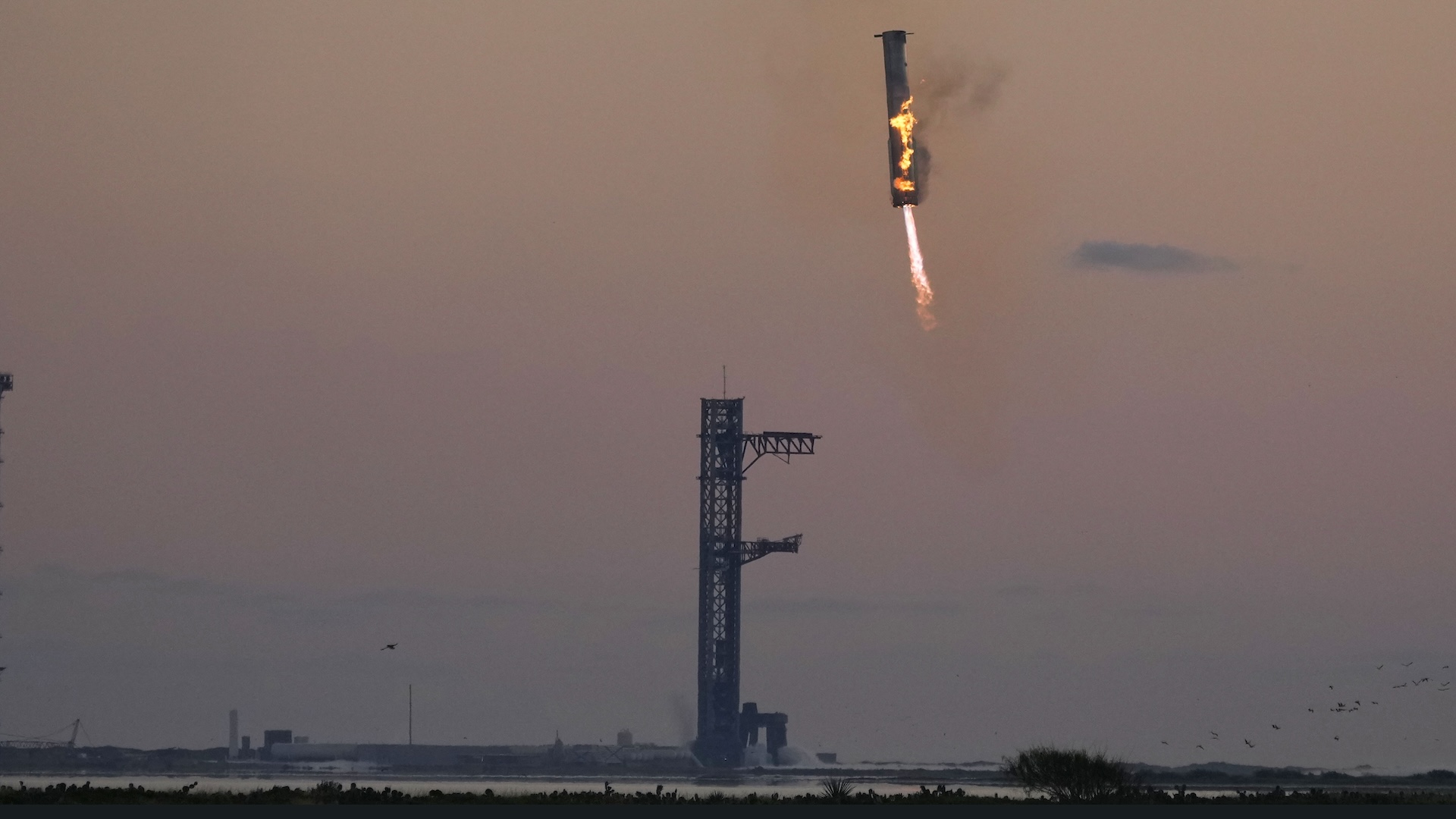On October 13, 2024, SpaceX achieved a significant milestone with the successful return of its Super Heavy booster to the launch pad. This event marked the fifth flight of the Starship and demonstrated a new level of reusability for the rocket system.
The booster lifted off from SpaceX’s Boca Chica facility in Texas at approximately 8:25 AM ET, and it was caught by the launch tower’s mechanical arms, known as “Mechazilla.” This successful catch is a promising development for future missions, showcasing SpaceX’s innovative engineering capabilities.
Unlike previous landing methods used for the Falcon 9 rockets, which typically land on drone ships in the ocean, the Super Heavy booster took a more complex route. The booster had to maneuver through a narrow space between the tower’s “chopsticks,” requiring precise navigation to avoid damage to the launch infrastructure.
The stakes were high, as a miscalculation could have resulted in significant destruction. However, the booster successfully returned to its designated spot at the launch pad, eliciting cheers and excitement from observers in the viewing room.

SpaceX Marks Milestone with Super Heavy Booster’s Successful Return and Capture at Boca Chica
After separating from the Super Heavy booster, the Starship second stage continued its flight as planned. It spent roughly an hour in the air before completing its mission with a controlled splashdown in the Indian Ocean at around 9:30 AM ET. This two-stage system, which includes both the Super Heavy first stage and the Starship second stage, is designed with reusability in mind. The goal is to enhance the efficiency and cost-effectiveness of space travel, paving the way for future missions.
The successful capture of the Super Heavy booster is part of SpaceX’s broader ambitions to revolutionize space exploration. With reusability at the forefront of their designs, SpaceX aims to reduce the costs associated with launching payloads into orbit. By developing systems that can be reused multiple times, the company hopes to make space travel more accessible and sustainable, ultimately supporting missions to the Moon, Mars, and beyond.
This event underscores SpaceX’s commitment to advancing rocket technology and pushing the boundaries of what is possible in aerospace engineering. The successful return and capture of the Super Heavy booster represent not just a technical achievement but also a significant step toward the realization of a fully reusable rocket system. As SpaceX continues to refine its technology, the possibilities for the future of space travel expand, offering new opportunities for exploration and scientific discovery.









































